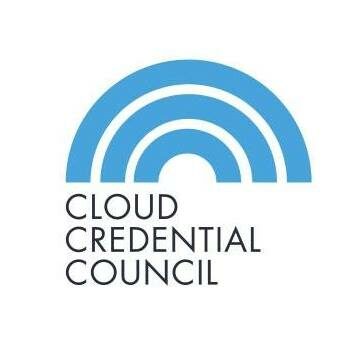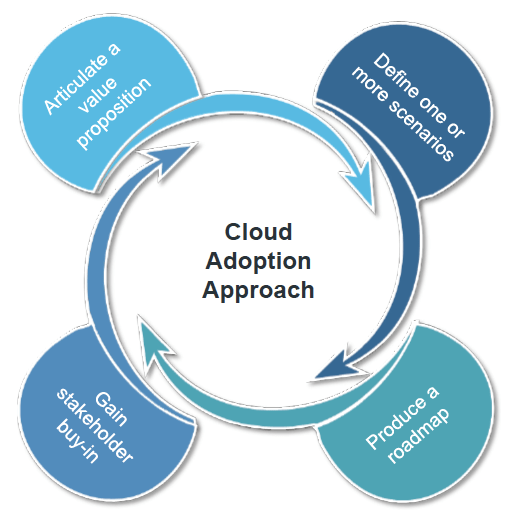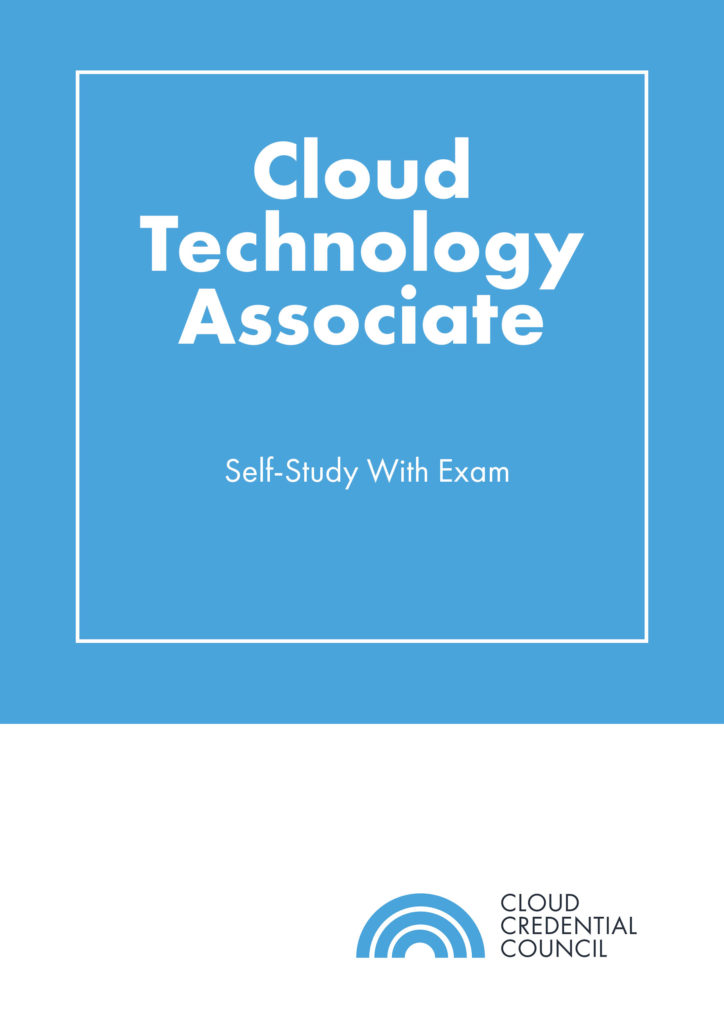Knowledge Byte: The Steps And Phases of Cloud Adoption

Cloud Credential Council (CCC)

The steps that guide you through the successful cloud adoption approach are the following:
- Articulate a value proposition: Identify and clearly articulate the cloud value propositions for your enterprise given by your business drivers. Once opportunities and concerns are identified, it is important to educate the organization stakeholders and senior executives about the cloud initiative and obtain their acceptance.
- Define one or more scenarios: With an understanding of the value propositions that you are targeting, define scenarios or use cases for applying cloud computing to address one or more of the business drivers previously identified. These scenarios will serve as candidates for the initial cloud adoption effort that your team will embark upon later in this process.
- Produce a roadmap: Using an “as-is” and “to-be” modeling technique, identify the gaps that exist between the current state of your enterprise and the desired future state, for capitalizing upon cloud. Next, define a roadmap that includes objectives and measurable milestones for your organization to work toward.
- Gain stakeholder buy-in: Now that the roadmap has been created and readiness to the cloud has been established, it is important to ensure organizational buy-in and participation or involvement of people at all levels. It is crucial that all impacted parties are on-board and ready to go.

Remember, without organizational conformance and support, the roadmap to cloud adoption becomes quite hazardous.
Three Phases of Cloud Adoption

Adoption of cloud computing:
- Should be led by senior management including the CEO and CFO with the CIO and CTO playing the role of key advisors.
- Should consider resources drawn from IT, business (sales and marketing), finance, legal and the administrative areas of the organization to build a team that can address the various aspects of adoption.
- Should focus on different skills required at the different phases of cloud adoption, strategic, tactical, and operational.
- Should take into account an organization’s most critical business challenges.
Courses to help you get
results with Cloud
Cloud Technology Associate™ 4
The CCC Cloud Technology Associate™ certification demonstrates that candidates have the basic skill set and knowledge associated with cloud computing and virtualization. It delves into the enhanced capabilities of cloud computing when combined with the latest digitization trends and emerging transformative technologies. The guide highlights the important cloud challenges and risks, provides the corresponding measures…
Never miss an interesting article
Get our latest news, tutorials, guides, tips & deals delivered to your inbox.
Keep learning




